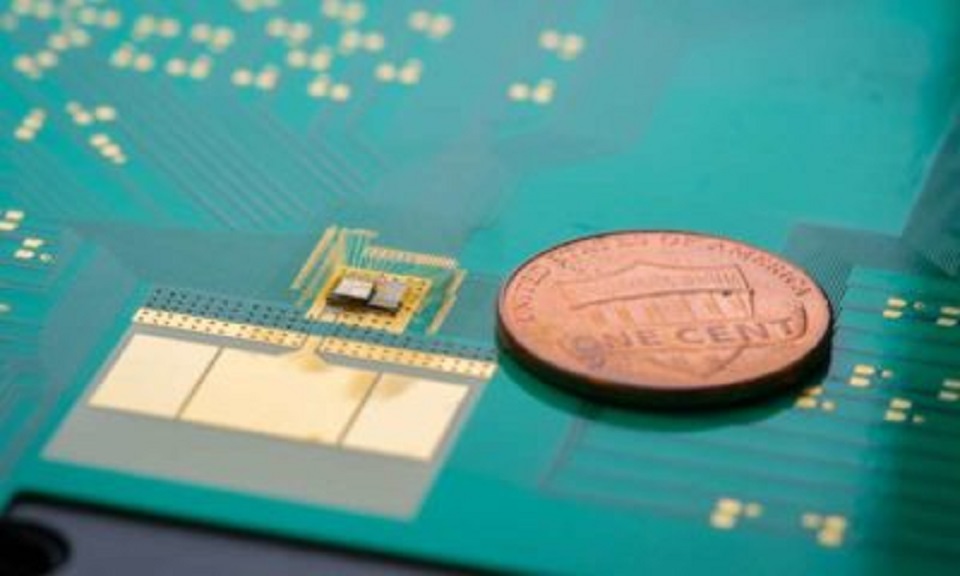Researchers have developed a power-saving chip that could significantly reduce the need to replace batteries in wearables.
Current wearables and small IoT devices depend on wireless connections to work.
Unfortunately, these devices don’t know the exact moment to synchronize with the network. So, they wake up periodically to send and receive information, even when there’s nothing to communicate.
Since the process requires constant power, it often diminishes the device’s battery life.
Now, engineers at the University of California, San Diego, have devised an ingenious solution.
They invented a new power-saving chip, dubbed a wake-up receiver, that wakes up a device only when it needs to communicate and perform a function. For the rest of the time, the chip ensures that the device stays dormant to conserve power.
In a statement to the press, professor of electrical and computer engineering at UC San Diego and co-author, Patrick Mercier, said:
“By adding a wake-up receiver, we could improve the battery life of small IoT devices from months to years.”
So, how does the chip work?
Inventing a Power-Saving Chip To Find Wake-Up Signature
The wake-up receiver is an ultra-low-power chip.
The UC San Diego team designed it to continually look out for a specific radio signal called a wake-up signature. This enables the chip to know when to wake up the primary device.
Fortunately, the wake-up receiver doesn’t require much power to perform this function. It uses roughly 22.3 nanowatts — about half a million of the power it takes to run an LED night light.
Unlike previous wake-up receivers, the new power-saving chip targets higher frequency radio signals. And this enabled the researchers to shrink everything.
The package, which is 20 times smaller than previous nanowatt level work, consists of a transformer, antenna, and other off-chip components. What’s more, the chip performs well over a wide temperature range.
Mercier noted:
“For indoor use, this is not a big deal. But for outdoors use, it needs to work over a wide temperature window. We specifically addressed that in this work.”
The technology is useful for devices that don’t need to transmit data all the time.
These include wearable health monitors that take a reading on specific times every day. Also, IoT devices like smart bulbs, garage doors can use the power saving chip.
It could reduce or even eliminate the need to replace batteries altogether.



















Comments (0)
Most Recent